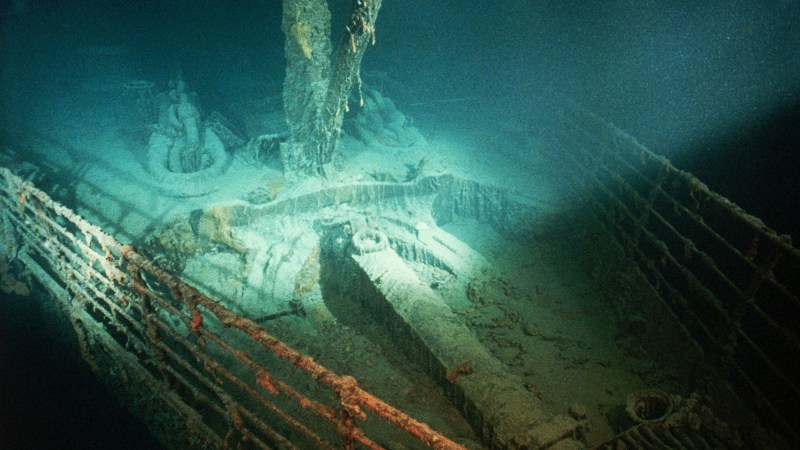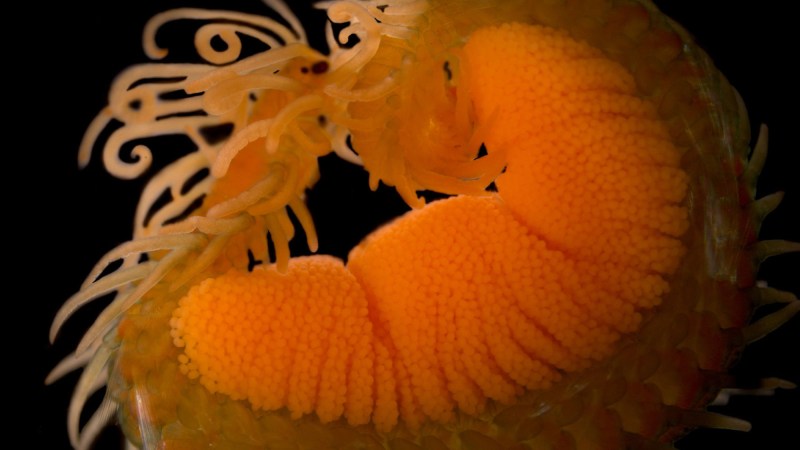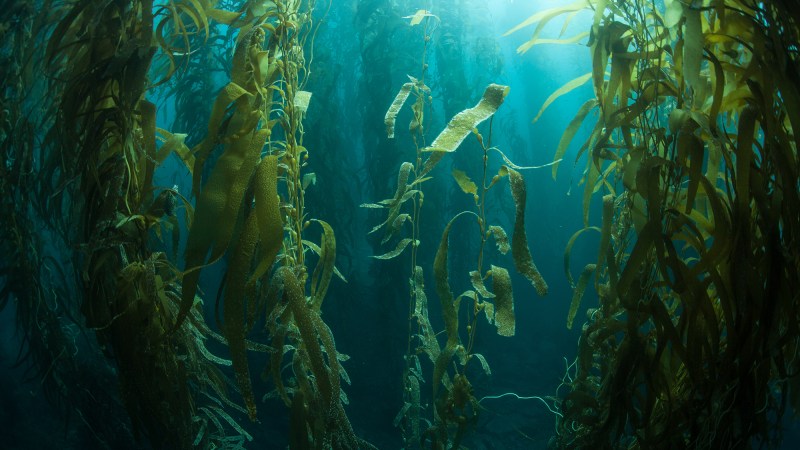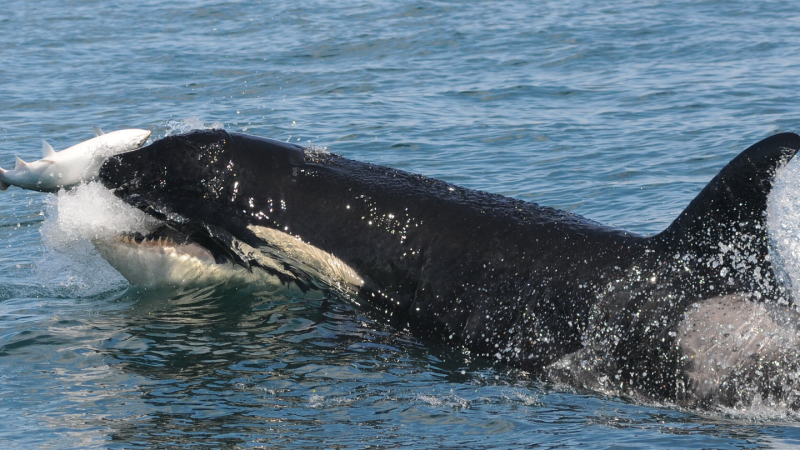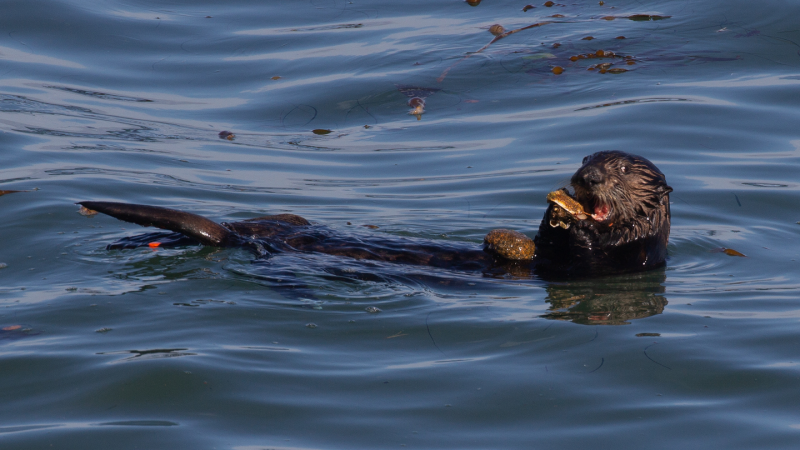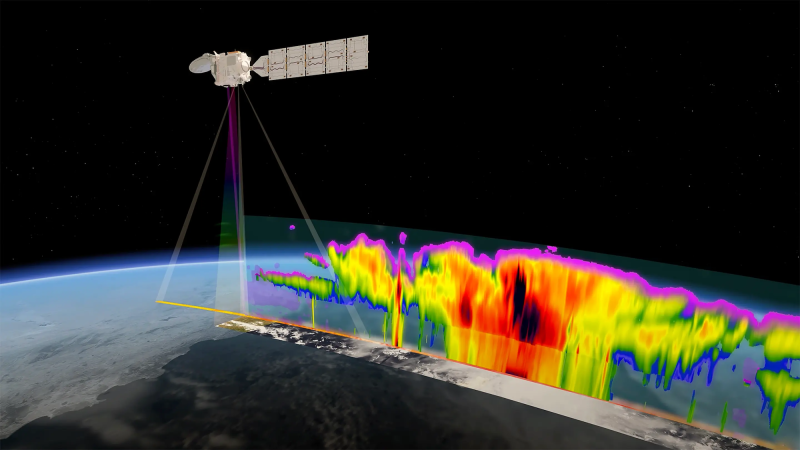

Earth has endured multiple mass extinctions during its existence—the Toarcian Oceanic Anoxic Event (T-OAE), for example, decimated the planet’s marine ecosystems. But according to a new study from international researchers at Caltech, George Mason University, the University of Naples, and elsewhere, the T-OAE’s destructive fallout over 300,000-to-500,00 years may pale in comparison to what humanity can accomplish in a fraction of the time.
Around 183 million years ago, cataclysmic volcanic activity in modern-day South Africa spewed roughly 20,500 gigatons of carbon dioxide into the atmosphere, increasing sea levels, water temperatures, and acidification in the process. The resulting deoxygenation (called anoxia) initiated a mass extinction of marine life that would take as long as half-a-million years to recover. While researchers have long known about the T-OAE, they haven’t fully understood its true scope. This is particularly a problem when it comes to predicting how future anoxic ocean scenarios could affect the planet.
[Related: The world’s most dangerous bird is at risk of extinction.]
“Despite recognition of the T-OAE as a potential analog for future ocean deoxygenation, current knowledge on the severity of global ocean anoxia is limited largely to studies of the trace element and isotopic composition of black shales, which are commonly affected by local processes,” the team explained in the abstract of their paper published on June 24 in Proceedings of the National Academy of Sciences. So to better comprehend the T-OAE’s dynamics, researchers turned to uranium isotopes for help.
As an accompanying Caltech announcement explains, the amount of uranium isotopes in the ocean is directly related to anoxia levels. If you can measure uranium samples’ isotopic composition, then you can estimate seawater’s oxygen levels (or lack thereof). Although it’s impossible to directly sample water from the T-OAE, rocks like limestone offer records of the time thanks to their uranium levels. Uranium generally remains soluble in water when oceans are oxygen-rich, but precipitate and settle into the ocean floor during periods of anoxia. By examining how much uranium is in ocean sediment dated from the T-OAE, experts can estimate how bad things truly got during the extinction event.

After collecting 30 sections of stratified limestone from southern Italy’s Mercato San Severino region, researchers analyzed them for both their amount of uranium and their isotopic variations. Using a model developed by former Caltech postdoctoral scholar and current Duke University faculty Michael Kipp, the team then determined anoxic levels from the time period.
[Related: What would we do if an asteroid slammed Earth on July 12, 2038?]
“Using this model, we found that anoxia peaked at 28 to 38 times of the modern ocean,” says Francois Tissot, a Caltech geochemistry professor and study co-author, said in a statement. “Today, only about 0.2 percent of the ocean floor is covered with anoxic sediments, similar to those found in the Black Sea. At the time of the T-OAE, 183 million years ago, it was 6 to 8 percent of the ocean floor that was covered in anoxic sediment.”
By better understanding how much greenhouse gas is required to trigger such dramatic levels of ocean anoxia, the team can extrapolate that to humanity’s effects on the environment. And as unfortunate as it is unsurprising, modern society is giving T-OAE a run for its money. Based on researchers’ calculations, human emissions since the Industrial Revolution already equate to 12 percent of all CO2 generated during the entire T-OAE—in less than 0.1 percent of the time.
“If we don’t curb carbon emissions and continue on an increasing CO2 trajectory, we can clearly see that there will be severe negative impacts on the ocean’s ecosystem,” Tissot said on Monday.
The disconcerting numbers illustrate just how vital it is to rapidly curb society’s disastrous pollution generation in favor of truly sustainable practices. If we don’t, then it’s clear the T-OAE could look mild in comparison to our impact.
